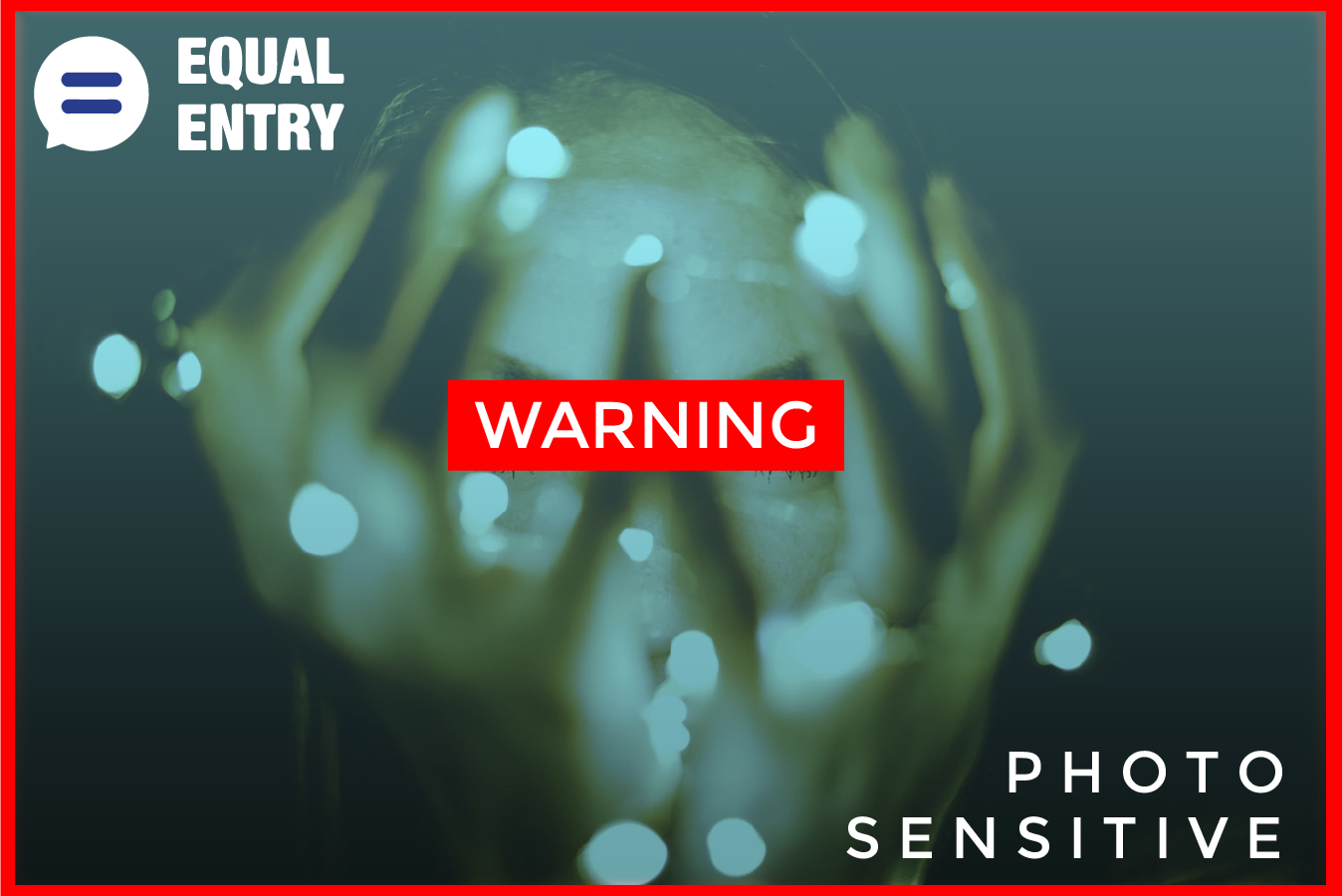Summary

Can your brain wrap around the thought that a single tweet or a TV show could potentially kill you? Sounds far-fetched you might say, but technology says otherwise. Reality check: an online troll nearly killed a journalist just by sending a tweet and hundreds of Japanese kids went through the same dilemma all because of the misused power of computers and technologies. Seizures were triggered in these individuals who have a medical condition known as Photosensitive Epilepsy.
What is Photosensitive Epilepsy?
Photosensitive Epilepsy is a form of epilepsy where seizures are triggered by visual stimuli that form patterns in time or space, such as flashing lights, bold, regular patterns, or regular moving patterns.
The visual trigger for a seizure is generally cyclic, forming a regular pattern in time or space. Flashing lights or rapidly changing or alternating images (as in nightclubs, around emergency vehicles, near overhead fans, in action movies or television programs, etc.) are examples of patterns in time that can trigger seizures, and these are the most common triggers. Static spatial patterns such as stripes and squares may trigger seizures as well, even if they are stationary. In some cases, the trigger must be both spatially and temporally cyclic, such as a particular moving pattern of bars.
Technology and Photosensitive Epilepsy: What’s The Relevance?
Technology undeniably has the greatest impact when it comes to displaying visual media. We can use television shows, movies, electronic billboards, websites, tablets, smart phones and almost all digital mediums to be visually expressive and creative.
Oftentimes, to improve aesthetics, we tend to go overboard with flashing, striking and blinking lights as well as with integrating colorful patterns. This is where we need to be extra careful and cautious because a wrong flash or design can trigger seizures in some people afflicted with Photosensitive Epilepsy.
This is why the World Wide Web Consortium (W3C) implemented a design guideline in developing websites to be mindful of people with a tendency towards seizures. In the Web Content Accessibility Guidelines, under the “Perceivable” principle, a criterion saying not to implement flashing content more than three times per second has been imposed. Since the number of web and mobile application users has dramatically increased, this guideline is something to be strictly implemented.
Life-Threatening Tweet
One incident to prove the importance of considering people with Photosensitive Epilepsy is this seemingly harmless tweet sent by an online troll to a journalist.
John Rayne Rivello, an online troll sent epileptic journalist Kurt Eichenwald a tweet on December 15, 2016 containing a strobe-light pattern that included the words, “you deserve a seizure for your post.”
Rivello has been reprimanded by the law because the flashing pattern he tweeted caused the prominent journalist to suffer an eight-minute epileptic seizure that he says almost killed him. The long-running case is the first of its kind and the outcome could set a precedent and help others in their legal battles against trolls and cyberbullies.
Pokémon: Caught Them All
Another episode of seizure induced by epilepsy was caused by an episode of the famous anime show Pokémon. In 1997, almost 700 Japanese kids were afflicted by symptoms of seizure because of a scene with intense flashing lights. Based on reports, the kids experienced dizziness and vomiting.
In Conclusion
The two scenarios mentioned above are surely just few of many instances wherein people experienced seizures due to Photosensitive Epilepsy. It’s no surprise if most incidents remain unreported to this day. What matters now is people are more aware and that rules and guidelines regarding this condition have already been set into motion.